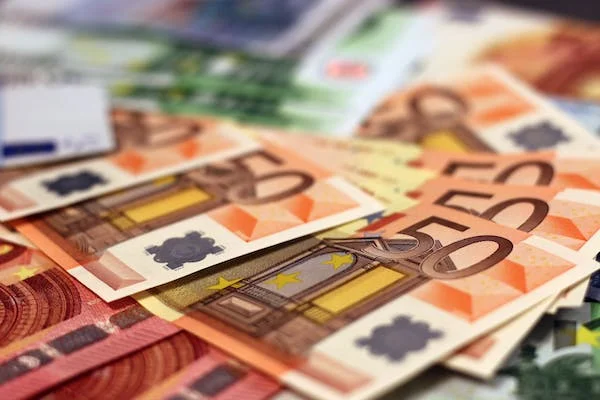
Creating your own bank statement might sound like a dubious task, but there are legitimate reasons for wanting to do so. Perhaps you’ve lost an important statement, need one for a loan application, or simply want a cleaner, more organized version. Whatever the reason, this guide will walk you through the process step by step, ensuring you understand the legal and ethical considerations and providing tips to make your self-made bank statement look professional.
Bank statements are essential financial documents that provide a detailed record of your account transactions. They serve as valuable tools for managing your finances, tracking spending, and verifying your account’s accuracy. However, there are situations where you might need to create your own bank statement. In this article, we’ll explore the reasons behind this need and guide you through the process.
Legal and Ethical Considerations
Before diving into the process, it’s crucial to address the legality and ethical implications of creating your own bank statement. While it’s legal to create a personal record for your use, falsifying information or using it for fraudulent purposes is illegal and unethical.
Gathering the Necessary Information
To get started, you’ll need access to your account details and transaction history. This information is typically available through your bank’s online portal or by requesting it from your bank.
Choosing the Right Software
To create a bank statement, you’ll require suitable software. Spreadsheet software, such as Microsoft Excel or Google Sheets, is an excellent choice for most users. Alternatively, specialized accounting software can be more powerful if you have complex financial needs.
Formatting Your Bank Statements
Begin by creating a table in your chosen software. Your table should include columns for date, description, deposits, withdrawals, and balance. Add headers and footers to make your statement look professional.
Adding Transactions
Record your transactions accurately, including deposits and withdrawals. It’s essential to categorize transactions correctly to maintain clarity and organization.
Balancing Your Statement
Calculate your account balance regularly and compare it with your actual account balance. This step ensures that your self-made statement aligns with your real financial situation.
Customizing Your Statement
You can add a personal touch by customizing your bank statement. Consider adding your logo or branding elements, making it look more professional and unique.
Proofreading and Accuracy
Once you’ve created your statement, double-check for errors. Accuracy is crucial, as any discrepancies could lead to confusion or suspicion.
Read it: Fake Bank Statement Generator Free: What You Need to Know
Storing Your Statement
Save digital copies of your self-made bank statement, and consider keeping physical copies as well. This ensures that you can access the statement when needed.
Using Your Self-Made Bank Statement
Your self-made bank statements can be used for various purposes, including applying for loans or addressing financial discrepancies with institutions.
Common Mistakes to Avoid
Be aware of common mistakes, such as overlooking details or falsifying information. These errors can have serious consequences.
Tips for a Seamless Process
Staying organized and regularly updating your statement are key factors in ensuring a smooth and efficient process.
The DIY Approach vs. Professional Statements
Compare the pros and cons of creating your own bank statement versus obtaining one from your bank or a professional service.
Read it: Bank statement Editing!
Conclusion
Creating your own bank statement can be a useful skill in certain situations. By following the steps outlined in this guide and maintaining accuracy and integrity, you can ensure that your self-made bank statements serves its intended purpose effectively.
FAQs (Frequently Asked Questions)
- Is it legal to create your own bank statement?
- It’s legal to create a personal record of your transactions, but falsifying information or using it for fraudulent purposes is illegal.
- Can I use spreadsheet software like Excel for this?
- Yes, spreadsheet software like Excel is a suitable choice for creating a bank statement.
- How can I make my self-made bank statement look professional?
- You can add logos, branding elements, and proper formatting to make it look professional.
- What are the consequences of inaccuracies in my self-made statement?
- Inaccuracies can lead to confusion or suspicion and may have legal and financial consequences.
- When should I consider professional bank statements instead?
- Professional statements may be necessary for legal or formal financial transactions where authenticity is crucial.